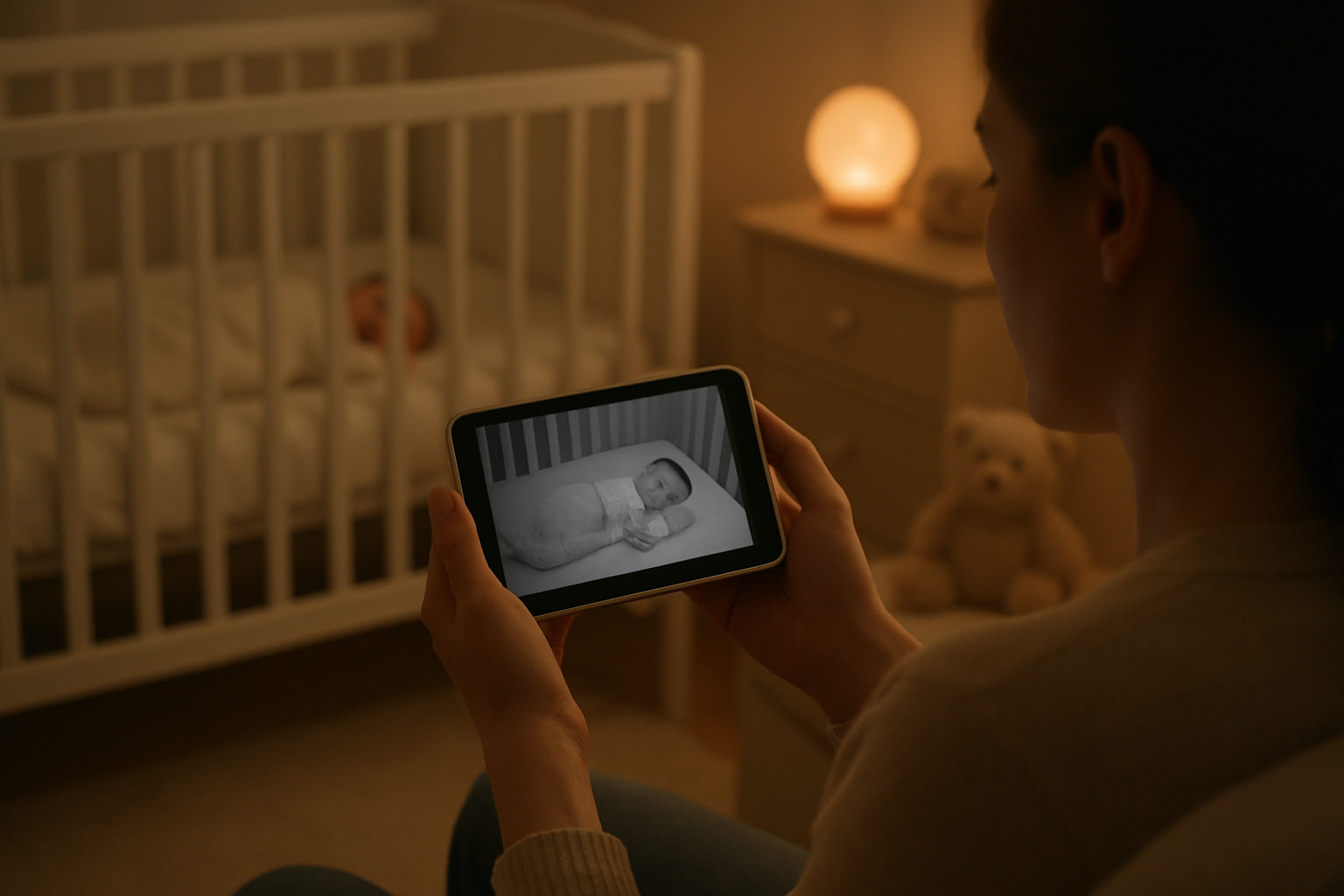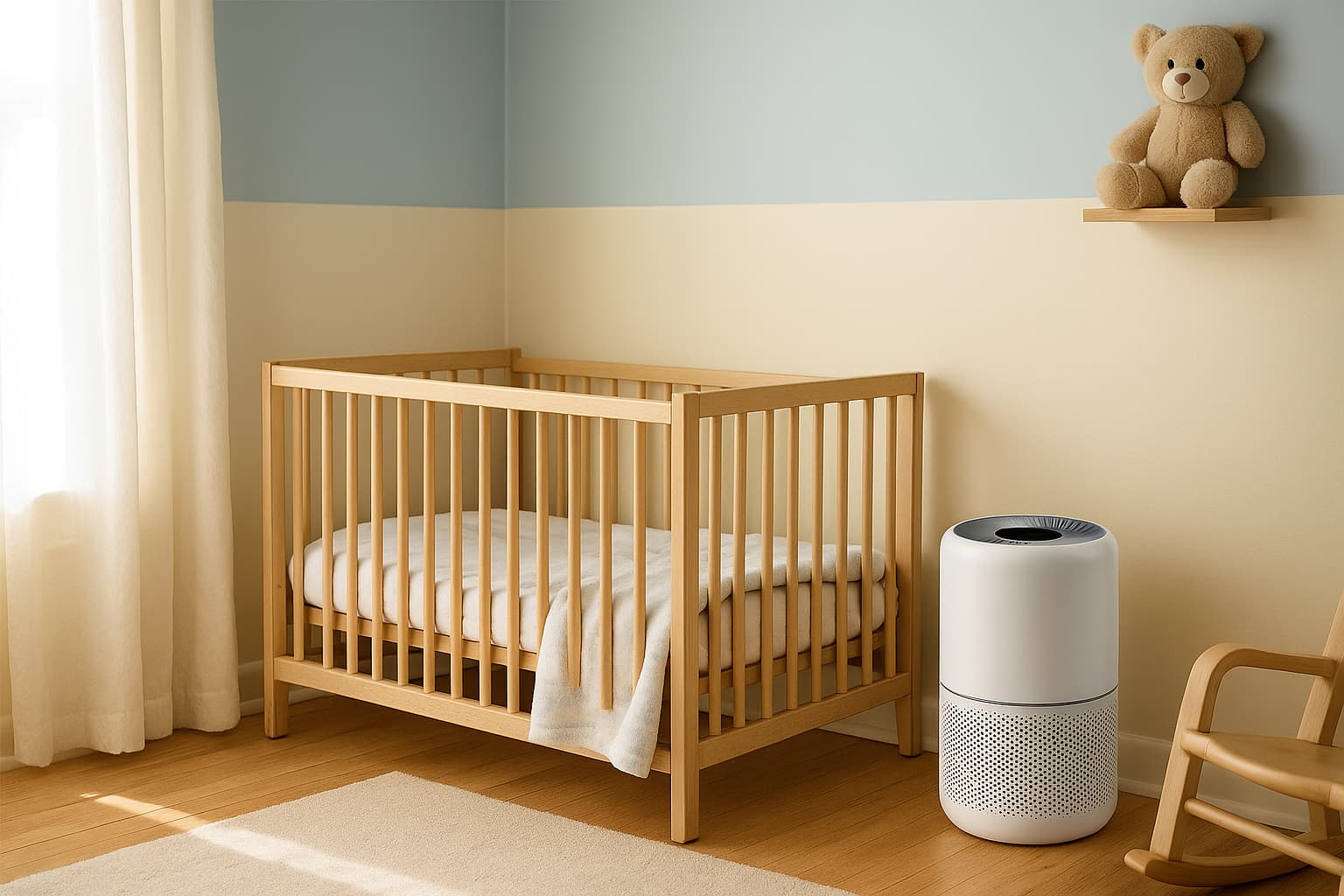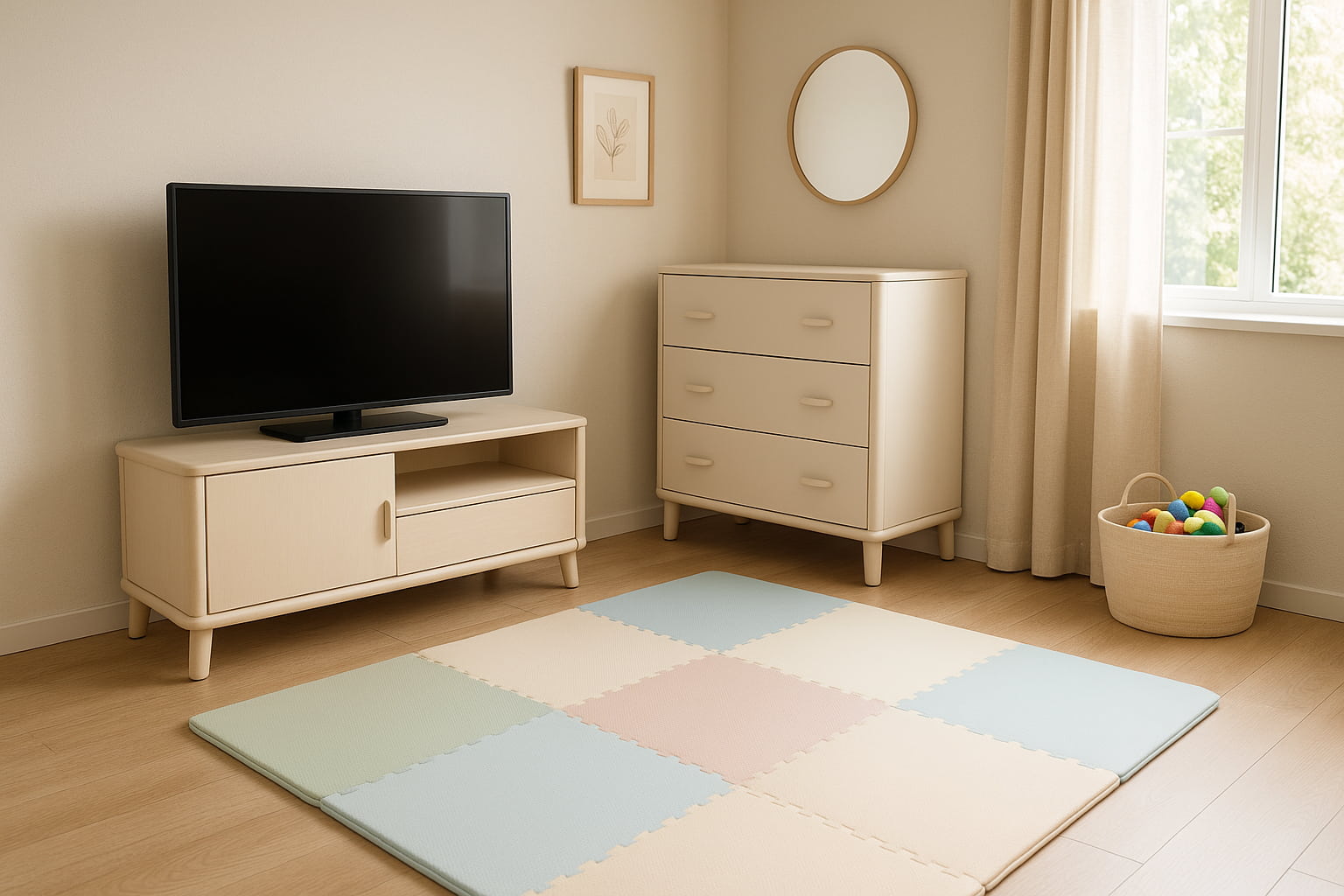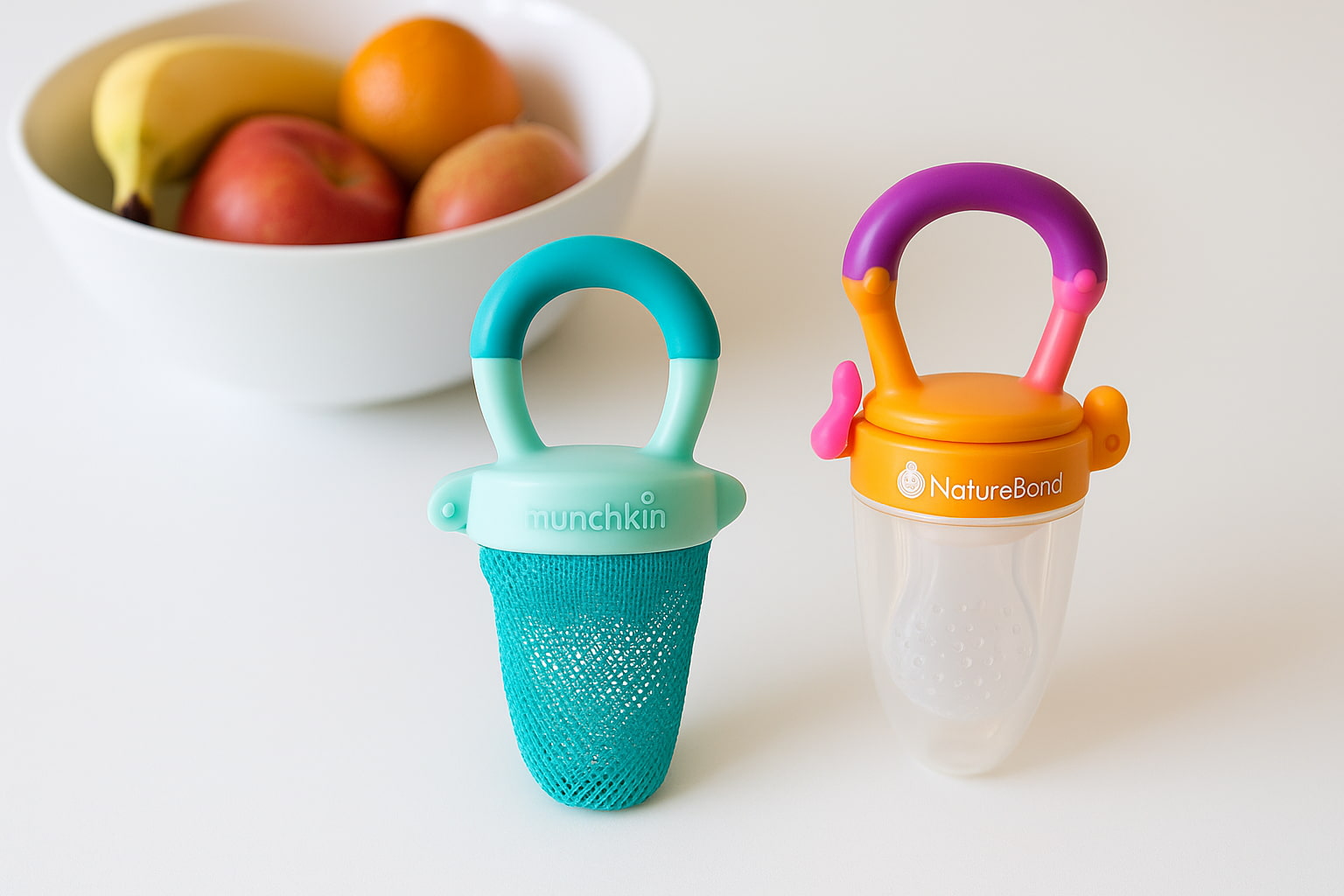Imagine you’re checking in on your sleeping baby, only to hear a strange voice coming from the monitor… That’s every parent’s nightmare.
But how likely is that scenario, and what can you do about it?
This guide on baby monitor hacking skips the fear and focuses on facts, real risks, and smart solutions. We’ll explore which types of baby monitors are most vulnerable, what real cases have shown, and how you can protect your family with a few simple changes.
This isn’t about scaring you, it’s about empowering you to use baby monitors safely and confidently.
🔍 Can Baby Monitors Really Be Hacked?
Yes, but context matters.
Wi-Fi baby monitors, especially those that rely on cloud-based apps, are technically hackable if:
- The Wi-Fi network is unsecured
- The default login credentials were never changed
- The monitor lacks encryption or firmware updates
Non-Wi-Fi (FHSS or DECT) monitors, on the other hand, are much harder to access externally since they don’t connect to the internet.
🧠 Bottom line? Most hacking incidents stem from poor network security, not faulty baby monitor brands.
🔐 Concerned about which type of monitor is safer by design?
You’d be surprised how many parents switch after learning the basics. Here’s our breakdown of Wi-Fi vs non-Wi-Fi baby Monitors.
📉 Real Cases of Baby Monitor Hacks (And What We Learned)
A few headline-making stories have involved:
- Hackers yelling at babies through unsecured monitors
- Parents receiving unexpected push notifications
- Cameras are being viewed remotely without consent
These cases typically involved Wi-Fi monitors with default login settings or outdated software.
But no, there’s no widespread epidemic of monitor hacking. The biggest takeaway? Awareness and setup are your best defenses.
🎧 Think this only applies to the “smart” models?
You’d be surprised, even simple audio monitors have vulnerabilities if they use older digital protocols. Here’s how audio vs video baby monitors compare in real life.
🛡️ 5 Ways to Secure Your Baby Monitor Right Now
You don’t need to be tech-savvy to protect your baby monitor. These simple steps can make a big difference, and most take just a few minutes.

1. Change the default password
Don’t use the one it came with! Make a strong, uncommon password and avoid using the same one for Netflix or your email.
2. Keep your monitor and app updated
Updates often fix security issues. Turn on auto-updates or check your monitor app once a month.
3. Use a secure Wi-Fi network
Make sure your home Wi-Fi is password-protected. Bonus points if your router uses WPA3 encryption.
4. Turn off remote access (if you don’t need it)
If you’re always home, you don’t need to access your monitor from your phone. Turning off remote features adds an extra layer of safety.
5. Place the monitor carefully
Keep it out of reach and away from windows. That way, no one can tamper with it, and your baby stays safe and private.
🤯 Not sure how close is too close for a monitor’s signal?
You’d be surprised how placement affects both privacy and EMF exposure. We explain it all in this EMF baby monitor safety guide.
🕵️♀️ Baby Monitor Hacking Myths (Busted!)
There’s a lot of fear out there, and not all of it is true. Let’s clear up a few common myths so you can focus on what really matters.
❌ Myth 1: “Hackers are watching all the time.”
Nope. The truth is, most baby monitors are never hacked, and when they are, it’s usually because of weak passwords or outdated apps. Use strong passwords and update your firmware, and you’re way ahead of the game.
❌ Myth 2: “Wi-Fi monitors are always dangerous.”
Not always. Many modern Wi-Fi baby monitors use AES-256 encryption, the same level banks use. If your monitor offers that and you set it up right, it can be very safe.
❌ Myth 3: “Local monitors can’t be hacked.”
It’s rare, but not impossible. Even monitors that don’t use Wi-Fi can be interfered with if someone is physically nearby and knows what they’re doing. Keep your monitor in a secure area and unplug it when not in use.
❌ Myth 4: “Hacking only happens to careless parents.”
Absolutely not. Cybersecurity isn’t about being careless; it’s about being informed. You’re reading this, so you’re already ahead.
🧠 Fun Fact
A 2023 digital home safety study by Consumer Reports found that less than 1% of smart home devices experienced unauthorized access, and nearly all were caused by weak passwords.
🤖 Think all smart monitors are built the same?
You’d be surprised how much safer traditional options can be in certain homes. Here’s our breakdown of smart vs traditional baby monitors.
🧸 Final Thoughts: Peace of Mind Starts with Awareness
It’s easy to feel overwhelmed by headlines about baby monitor hacking, especially when all you want is to keep an eye on your baby while getting a few things done.
But here’s the truth: you don’t need to panic. You just need to stay aware, make a few smart choices, and keep safety part of your routine, not your anxiety.

- Change the default password
- Use encrypted models (look for AES-256)
- Keep your apps and firmware updated
- Place your monitor where it can’t be tampered with easily
No system is perfect, but you can make yours strong enough to feel confident, even while your baby sleeps.
And that’s what this is really about: feeling confident as a parent in a digital world. You’ve got this. And your baby? They’re lucky to have someone who cares enough to read this far. 💛
📌 Disclaimer:
This article is for informational purposes only and reflects general safety advice. Always consult your pediatrician or a certified tech expert before making decisions about baby monitor usage or digital security.
✍️ Author Byline:
Written by the Find For Baby editorial team, specializing in tech safety, digital parenting, and pediatric-backed home advice.







